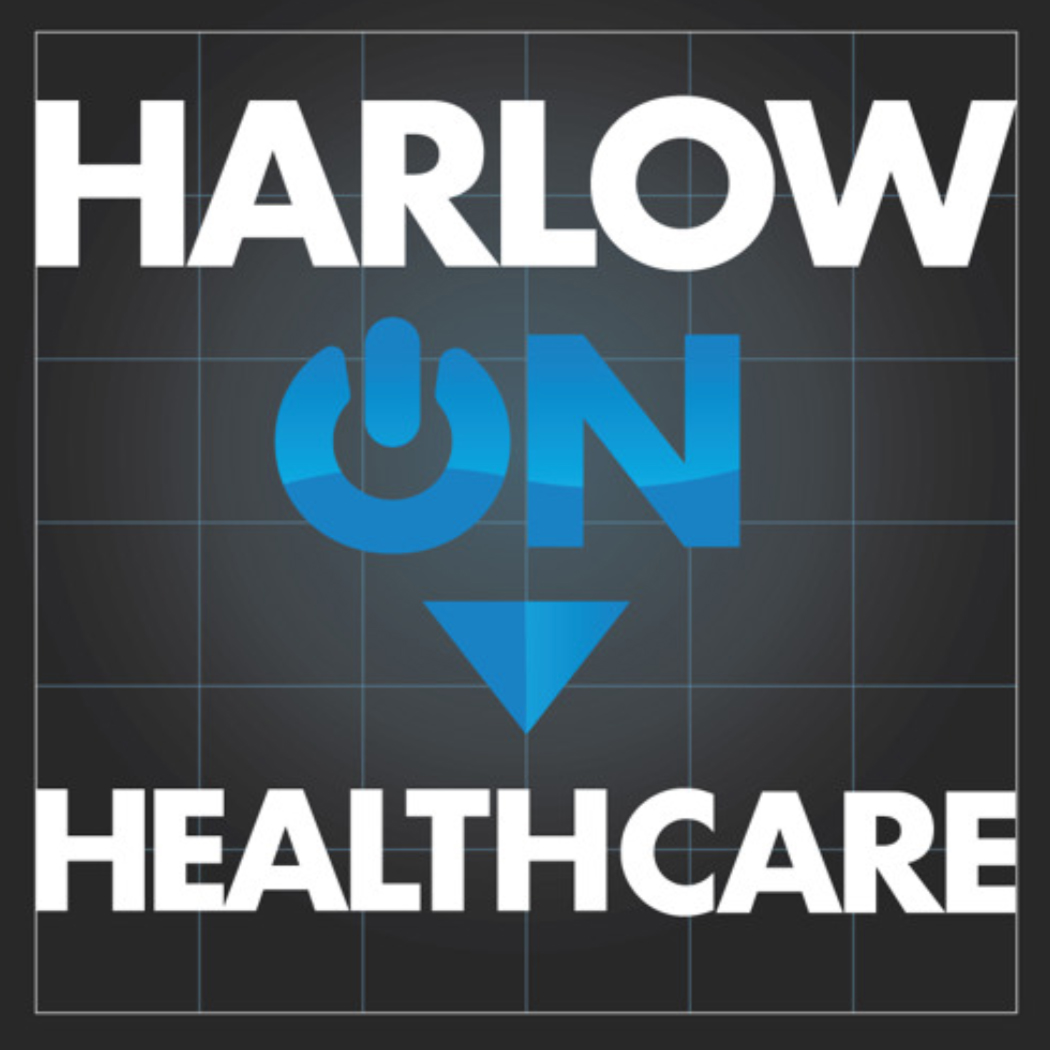Yesterday’s NY Times, in a special section on the business of health care, included an article on valuing years of a person’s life — the economic calculation of quality-adjusted life years.
The idea of QALY is to put a value on treatments that may not save lives but improve them. For example, if a blind person’s quality of life is “worth” 0.75 points per year, a treatment that would restore him to perfect vision — and raise his quality of life to 1 per year — is worth 0.25 per year of life. If the person lived another 30 years, the treatment would be worth 7.5 QALYs, or 30 times 0.25.
With QALYs, that treatment would produce the equivalent of keeping 10 patients on dialysis — whose lives are also “worth” 0.75 points per year — alive for a year.
In theory, QALYs offer a single figure that can measure value of every treatment, from drugs to surgeries to preventive care, like vaccines and cancer screenings.
These figures are developed through research interviews with individuals which yield fairly consistent results on the question of what a year in good health is worth ($100,000 – $300,000, according to Peter Neumann, the Tufts-NEMC expert — and grad school classmate of my wife’s — quoted in the Times).
There has been a lot of discussion lately about whether the Massachusetts universal health care plan, or any national health care plan, can afford universal coverage without ratcheting down health care expenses. We all know that the answer is no. One point of view (which I share) is that we need to get people covered first, and then move on to cost control.
The next question is: How do we decide what to pay for and how much will we pay for it? A number of the presidential candidates would defer the question to a black-box institute.
The truth is, payors already enter into this sort of calculus in their benefit design and coverage decisions. By way of example, see the recent discussion of this issue and a related NY Times article at Charlie Baker’s Let’s Talk Health Care — though he protests, "I’m not normally a NY Times kind of guy," and stakes out this function as the bailiwick of a future government body, not the current work of payors.
The black-box institute remains shrouded in mists of great expertise in the rhetoric of many participants in this discussion, because otherwise we’d have to be talking explicitly about the rationing of health care and, gee, we don’t do that in this country, do we?
Which brings us back to the QALY calculations. We need to discuss metrics like these — and others, to be sure — if we are going to have a meaningful national conversation about health care costs.


